Throughout this journey I have been confronted by how so many other people exist with what I consider to be immense challenges in just surviving with enough food and water. We drove through areas over the past two days where this was once again evident in the fields… on the roads… along the rivers …. through the small villages.
We drove across the plains where rice was being hand harvested; threshed and winnowed; where bodies bent at the hips and occasionally looked up to see what the rest of the world was doing. For each region we drove through I noticed the small differences in how the rice was placed in the field after cutting. It seemed like the upturned Ti-Pi’s have been replaced by just armloads of stalks and placed in bundles lying horizontally across the stubble. Hand threshing still seemed to be done in the same manner and very occasionally a mechanical thresher stood proudly in a circular cleared patch in the field.
Parallel lines beside the road held pairs of harnessed grey bullocks which pulled carts laden with stalks of grain… with the practical wooden spokes made for being pulled in the fields and along the sides of the dusty, broken bitumen roads.
These broken roads were repaired by hand….people squatting around the pothole placing the hand-sized rocks individually to fit so the top surface was flat enough to pour over them hot bitumen held in large drums, boiling over flame on the side of the road. Faces smeared with dried white paste appeared as large brimmed leaf woven broad-rimmed hats tilted up to see what was creating the large motor sound as Penny came closer to where they wore working in the heat of the scorching sun.
Children played soccer/football in the fields with the cows and goats grazing. No smooth fields here. A net was the dividing line between teams of adolescents trying to keep an open-woven bamboo ball from falling to the ground using any part of their body except their hands. Children were playing everywhere I looked. There was no television and raised homes on short stilts were open to the scant breeze. No mattresses…just woven palm leaves for beds and kitchens in the dust. Water collected daily from a community point and taken back to the home for cooking and washing. I honestly can’t imagine how I would manage living in this way. I suppose our innate ability to survive makes us resilient, resourceful and just get on with it.
As we headed south we crossed several mountain ranges where the plantation forests of Teak trees were in various stages of growth. There were even plantations of Eucalyptus trees…. I wonder how long it will be before they become a pest – as they have done in other parts of the world?
The smell of fish became apparent after the strong smell of piggeries; and it wasn’t long before I saw the sparkling of drying salted fish (with blowflies) spread out all along the side of the road directly on the dirt. Reminded me of the dates in Morocco.
The golden fields of rice and sharp clumps of cut stubble were soon replaced with bright yellow sunflowers… and as the rainfall became less and the ground became drier, I could see sesame seeds and legumes bearing waist high yellow flowers waiting to make way for plump round bean seeds to develop.
Passing through the valleys and across the unstable wooden bridges, I could see the evidence of the huge flood here earlier in the year. Timber debris from broken bridges and uprooted trees lay strewn high on the flat river plain indicating the devastating level of the flood. Thousands of people were displaced and are now housed in temporary shelters in rows with the sheets of blue plastic for roofs and walls occasionally flapping in the dusty wind.
We crossed an incredible expansive area of river plains and where I could see in monsoons the would would be monumental – The Irrawady River. Alongside the river on the drying flats, was a patchwork of seasonal crops. The soil looked fertile there unlike the hungry country beyond the edge of the alluvial plains.
Some people seemed to be busy working; busy in the field; on the roads; building bridges; in the small shops beside the road …whilst some others just sat and stared. The people of Myanmar are kind and friendly when we have a conversation with them… but Penny doesn’t seem to have the same effect when she drives through here as she has had through India and Bhutan. Everyone just seems to be focussed on their own life an doesn’t sort of notice her presence. I wave as have done throughout our whole journey so far… but we have found that there is a visceral reservation to be spontaneous and joyful as we have found before coming to Myanmar.
I did have a wonderful experience the other night when I went to purchase a ‘longi’ or national dress skirt. I was welcomed and whilst my skirt was being made; was offered tea and roasted sunflower seeds. The ladies and I had so much fun laughing about the fact we couldn’t understand a word of what we each were saying. That has happened a lot this trip and is one of the treasures I will remember of my experiences.
I decided to try having some of the local paste from the bark of a Thanaka tree applied to my face as sun protection and I felt like it was a mini initiation into the world of skin care Myanmar style. As a sunscreen – for which is one of it’s uses; I would give it a big thumbs up! It didnt miraculously reduce any of my ‘laughter lines’ though!
We were fortunate to visit a small village and I was in on an extra tuition class with the children. It was fascinating. Each child was wrote learning something from their book..and chanting it over and over out aloud – to help them remember it to say to the teacher without looking at the text. As I walked over to the children who were sitting on little blocks of wood in the dirt; their chant became softer; but after about a minute when they were used to me – their voices became more confident and sort of built to this crescendo of knowledge being called out melodically into the still air.
I was then invited to behind the village and was shown how sesame seeds were removed from the plants.. and how a guillotine was used to cut chaff for the animals – using a very springy stick with its’ fulcrum in the ground and attached to a pice of rope.
This way of living is for survival. Connecting with the elements. Connecting with the seasons. Living off the earth and in the cycles of the sun and moon…and dealing with the extremes which come from being so exposed to the forces of nature.
We are now in Bagan – the city of temples..and I am behind in my photographs and Blog so will write more on the amazing temples here in my next post.
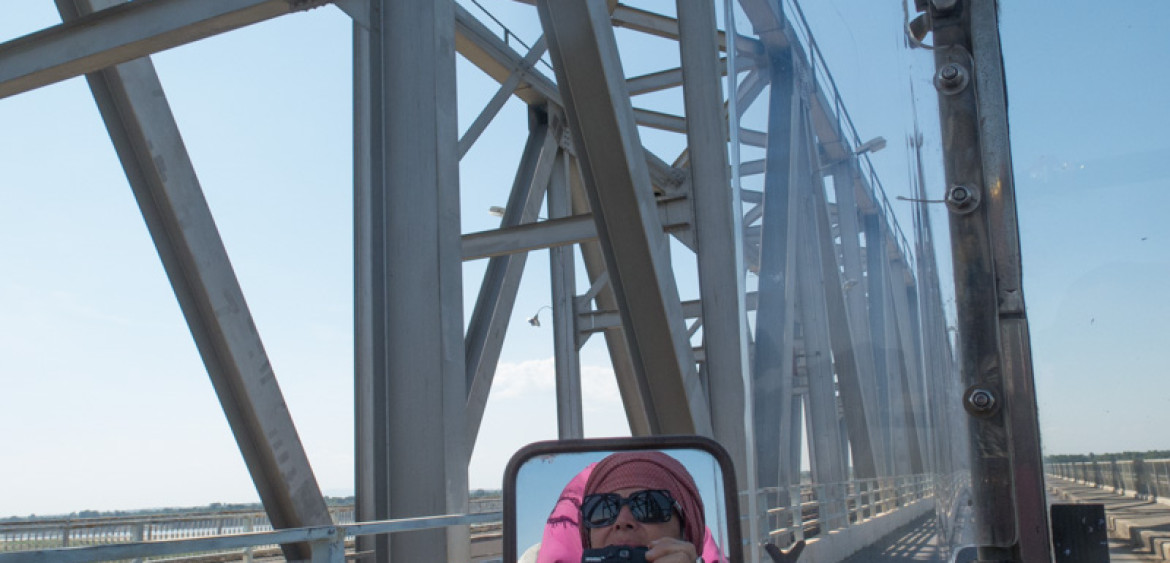
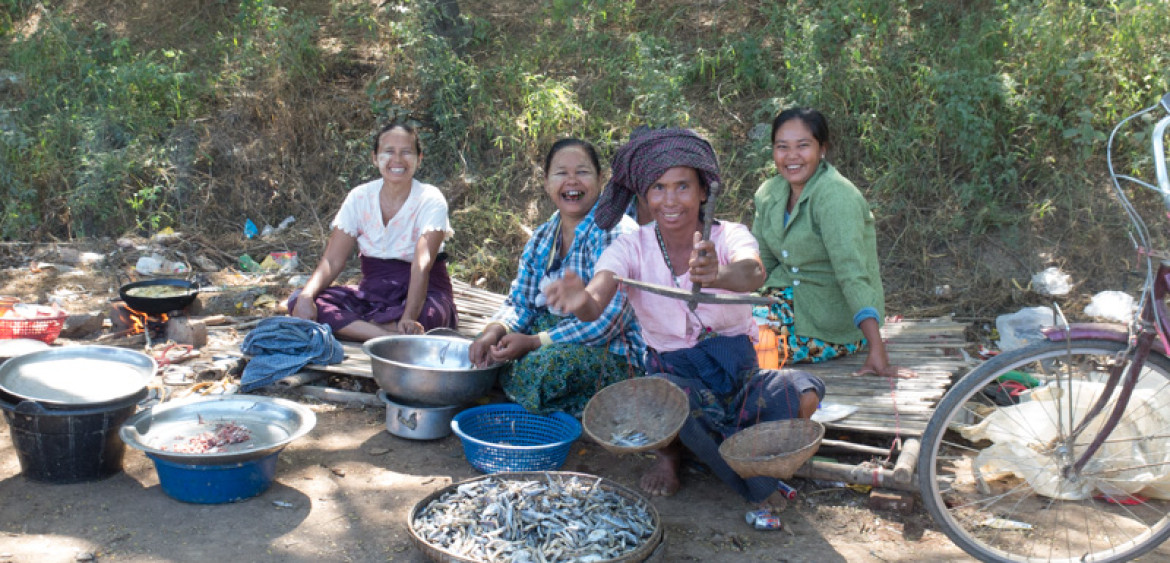
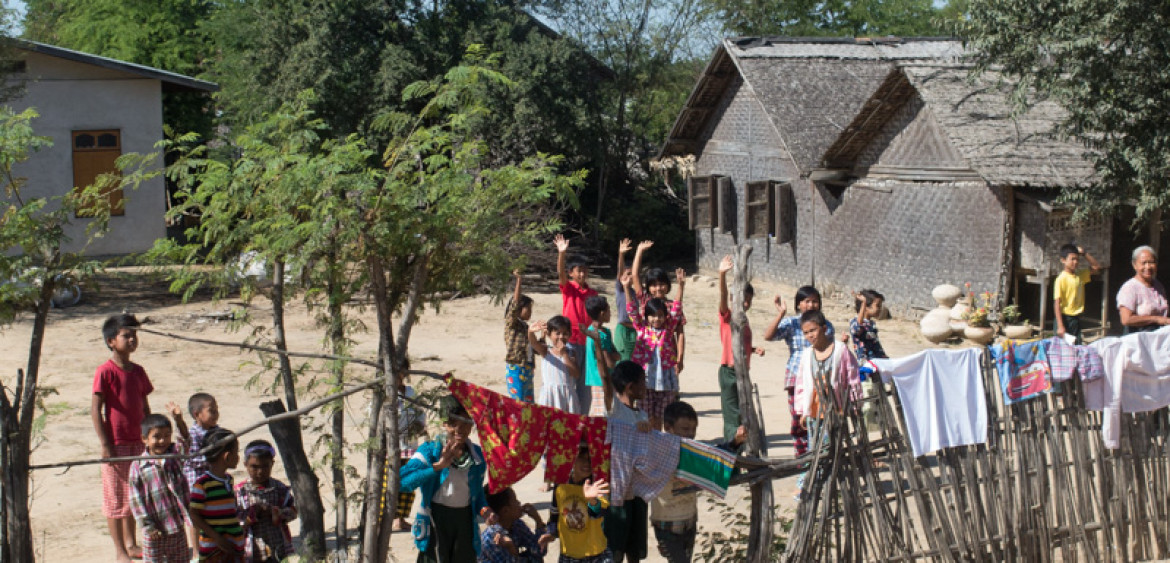
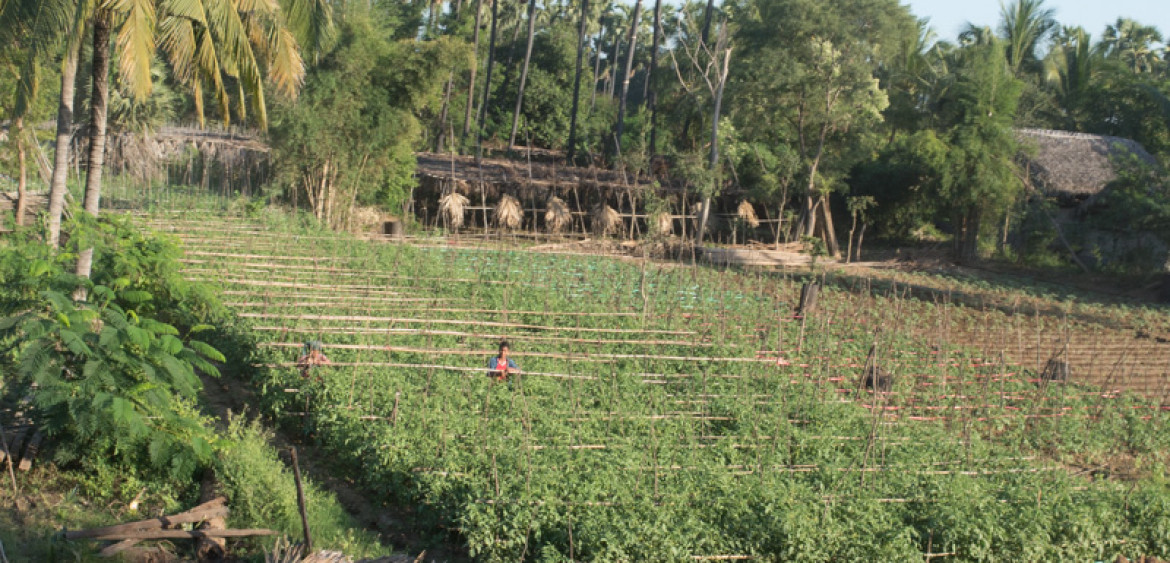
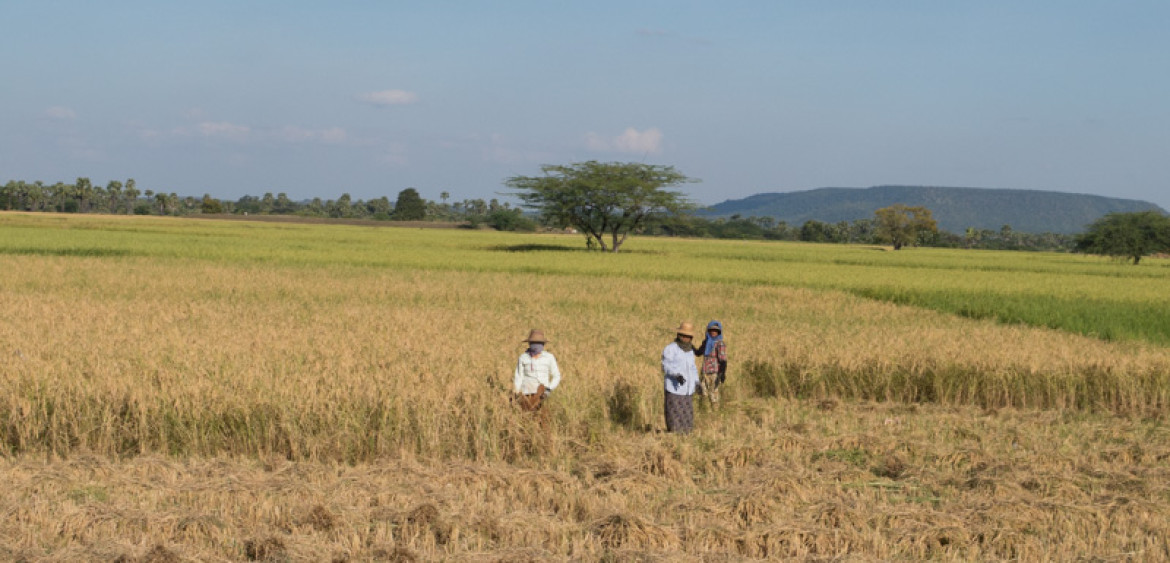
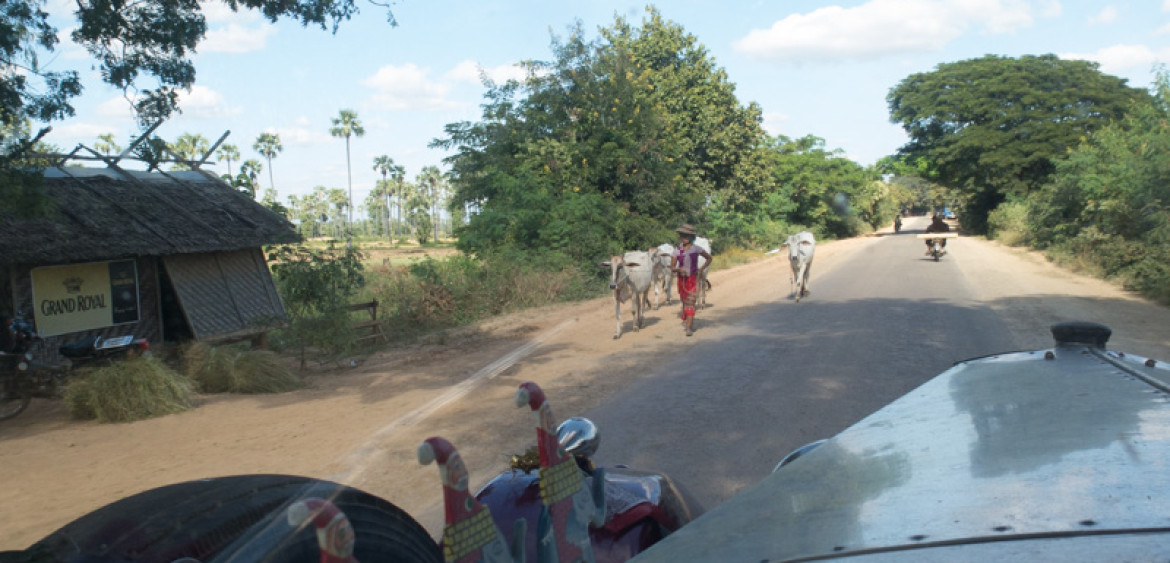
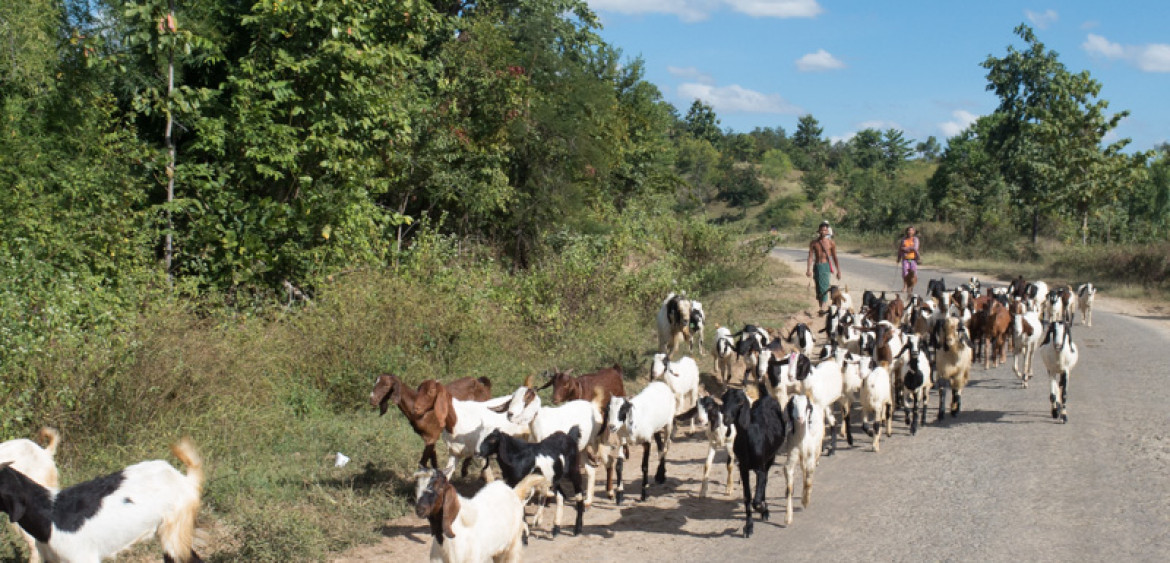
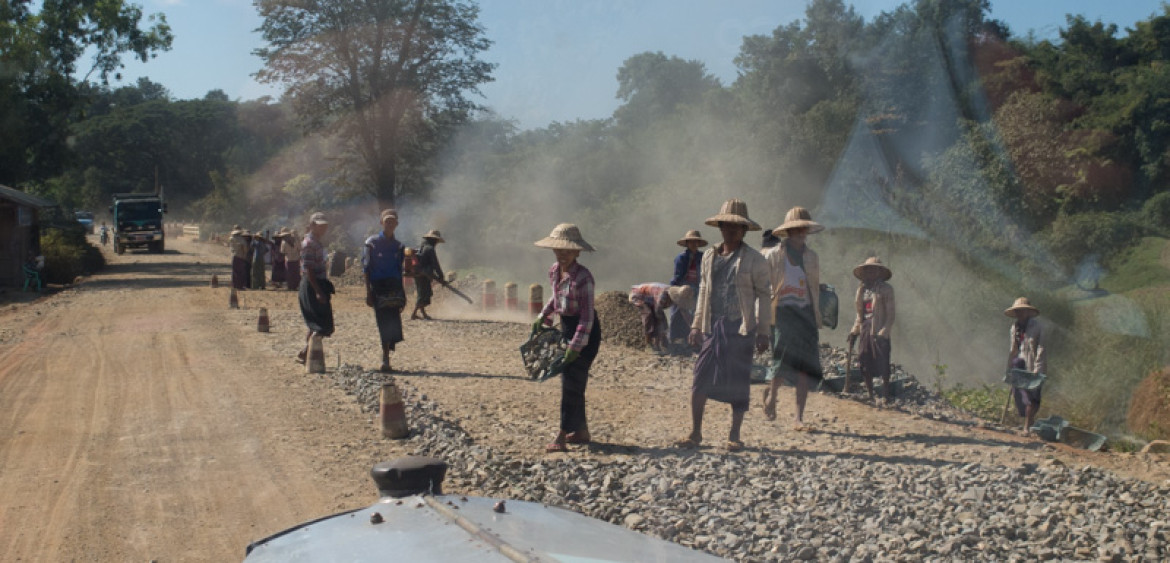
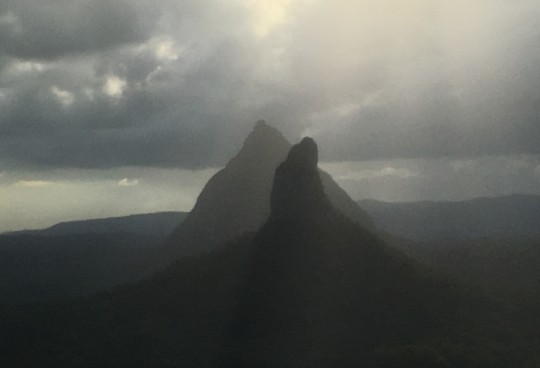

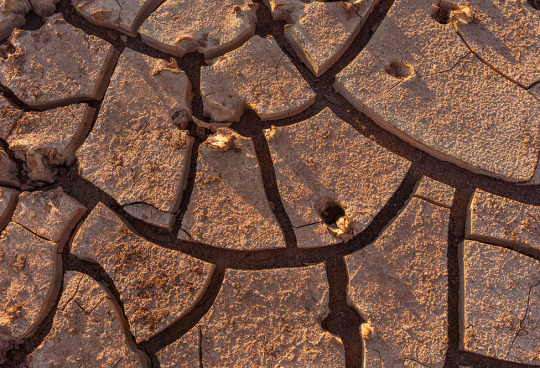
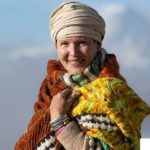
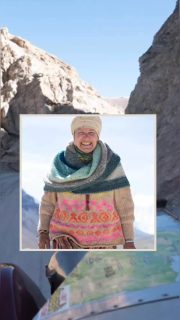
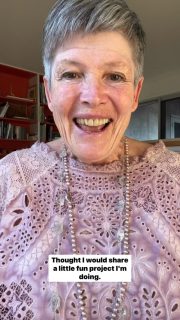
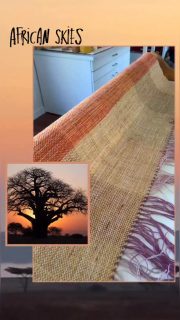
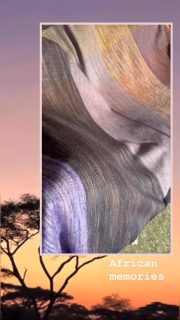
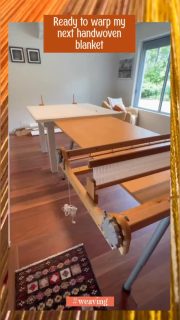
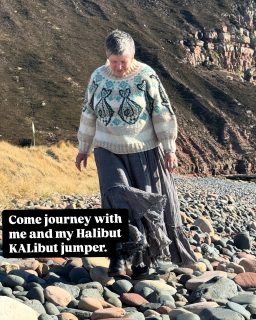
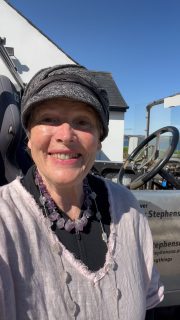
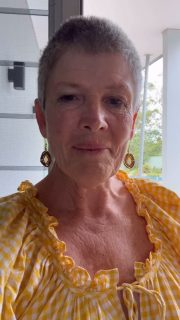


















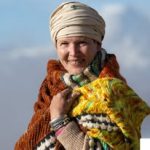

















Sorry, the comment form is closed at this time.